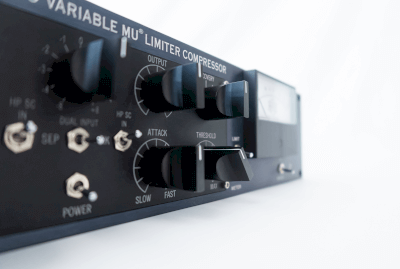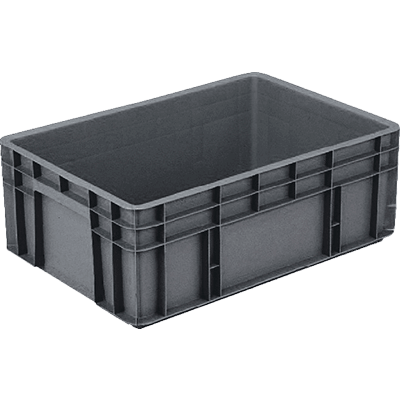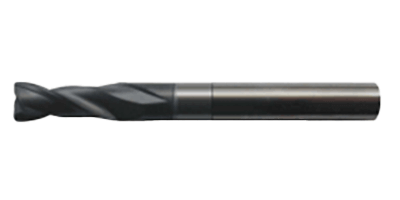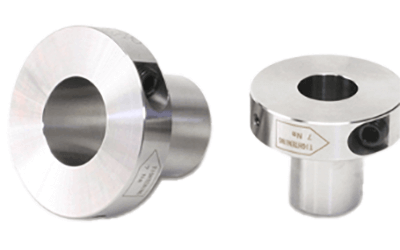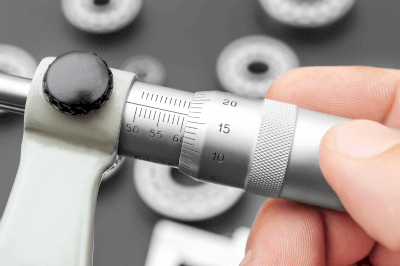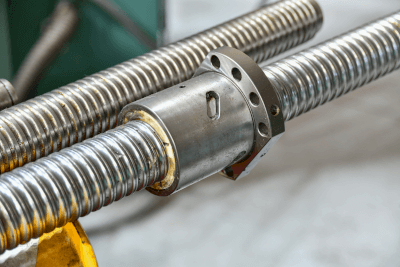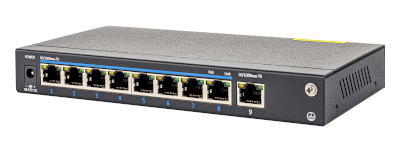What Is a Spiral Reamer?
A spiral reamer is a specialized cutting tool designed for drilling applications. It consists of a conical body and a spiral blade. The spiral blade cuts diagonally against the hole’s wall as it rotates, making spiral reamers ideal for adjusting hole diameters with precision. During cutting, chips are efficiently removed, and the spiral design ensures precise cutting while maintaining a consistent hole diameter. Spiral reamers are commonly operated manually but can also be used with CNC machines.
Uses of Spiral Reamers
Spiral reamers find diverse applications in various industries. Here are some typical uses:
- Drilling: Used for drilling holes in automotive engine parts, aircraft frames, and more.
- High-Precision Drilling: Employed in the manufacture of precision machine parts and medical equipment.
- Groove Cutting: Used for machining grooves in gears, bearings, and other components.
- Cutting Various Materials: Suitable for machining metals, plastics, wood, and other materials.
- Machining Long Holes: Applied in the drilling of long holes in automobile frames and ship structural parts.
Principle of Spiral Reamers
The process of enlarging a hole using a spiral reamer involves several steps:
1. Insertion of Spiral Reamer
The spiral reamer’s shank is attached to a tool such as a handle or drill chuck, and the cutting edge is accurately aligned with the hole’s center axis.
2. Rotation and Progression
The hole is enlarged by rotating the tool with the spiral reamer fixed in place. As the cutting edge contacts the hole’s wall, the spiral reamer advances into the hole at an appropriate speed.
3. Cutting and Chip Evacuation
The spiral reamer’s cutting edge rotates, generating chips. Due to the tool’s design, chips do not adhere to the cutting edge and are smoothly discharged. This allows the cutting edge to expand the hole uniformly while maintaining a circular shape.
4. Hole Enlargement and Finishing
The hole is gradually enlarged as the spiral reamer continues to rotate. The cutting process is smooth and consistent, resulting in high-precision hole enlargement. Adjustments to cutting conditions and cooling may be necessary during the process.
5. Inspection and Finishing
Once the hole reaches the desired diameter, its dimensions and shape are measured to ensure they meet design requirements and objectives.
Structure of Spiral Reamer
A spiral reamer consists of the following key components:
1. Cutting Edge Portion
The cutting edge section features cylindrical cutting edges arranged in a spiral pattern. This arrangement facilitates efficient cutting and chip removal while reducing edge wear.
2. Shank Portion
The shank connects the spiral reamer to a tool like a handle or drill chuck. It enables the rotation of the cutting-edge portion.
3. Blade Part
The blade section, situated between the cutting edge and shank, is cylindrical and performs the cutting action within the hole.
Types of Spiral Reamers
Spiral reamers come in various types, each suited to specific applications:
1. Straight Shank Type
This type has a straight shank and a spiral cutting portion. It is used with straight-shank drill chucks or collet chucks.
2. Taper Shank Type
Taper shank spiral reamers feature a tapered shank and are suitable for use with machines like lathes.
3. Short Reamer
Short reamers have a shorter cutting section and are ideal for machining short holes, offering ease of control in confined spaces.
4. Long Reamer
Long reamers are used for drilling deep holes with their extended cutting section, reaching into the workpiece.
5. Hand Reamer
Hand reamers are manually operated and are valuable for precision work and finishing.
6. Machine Reamer
Machine reamers are designed for use with automated machining equipment, ensuring efficient and accurate machining.
7. Ball End Mill Reamer
This type combines features of a ball end mill and a reamer, featuring a spherical cutting portion suitable for machining curved surfaces and circular holes.
Other Information on Spiral Reamers
1. Advantages of Spiral Reamer
Cutting Capacity
The spiral reamer’s advantage is its high-cutting ability. Its special blade spiral structure lowers cutting resistance, improves cutting speed, and also facilitates the discharge of chips.
Rigidity and Stability
Spiral reamers are strong and rigid tools. Even under high cutting loads, vibration and distortion are minimized, enabling high-precision hole drilling.
Finish Quality
Another advantage of spiral reamers is the high quality of hole finishing. Good hole diameter accuracy and uniform surface finish ensure that the required hole dimensions and surface conditions can be met.
Long Life
Spiral reamers are durable and have a long service life. Especially when they are coated with high-quality hard metal or coating, wear and deterioration of cutting ability are reduced. Therefore, high performance can be maintained even when working continuously for long hours or processing hard materials.
Wide Range of Applications
Spiral reamers are used in a wide variety of applications. For example, they are used for drilling holes in metals and plastics, drilling precision positioning holes, and drilling holes with special geometries. Their versatility and flexibility make them convenient for application in a wide range of industries and manufacturing processes.
2. Disadvantages of Spiral Reamers
Expensive
Spiral reamers are relatively expensive due to the need for high-quality materials and special designs. In particular, larger sizes and special specifications are more expensive, so the initial investment and replacement cost may be higher than for other reamers.
Restrictions on Use
Because spiral reamers are optimized for a specific material or hole size range, optimal cutting conditions and performance may be difficult to obtain when used with different materials or hole sizes. In addition, machining holes with special geometries or deep holes requires special ingenuity and equipment.
Chip Management
Spiral reamers generate a large amount of chips during cutting. If chips are not properly disposed of, the working environment and the cutting ability of the machine may be adversely affected. It is necessary to manage chips by cleaning regularly and using appropriate cutting fluid.
3. Improving Cutting Performance
The cutting performance of spiral reamers may be improved by the shape and coating of the cutting edge and the setting of the helix angle. Optimal cutting conditions, especially for hard materials and deep hole drilling, will result in high cutting performance.
4. Special Applications of Spiral Reamers
Spiral reamers are used as tools for specific applications by changing their shapes and coatings. For example, by making the tip of a spiral reamer spherical, a ball end mill reamer can be used for spherical machining.
5. Combination With Automatic Machining Equipment
Spiral reamers can be used in combination with automatic reamers. Since automatic processing equipment can accurately control the machining dimensions and position, it is a good match for precision tools such as spiral reamers, and the combination of both can improve machining accuracy and work efficiency.
